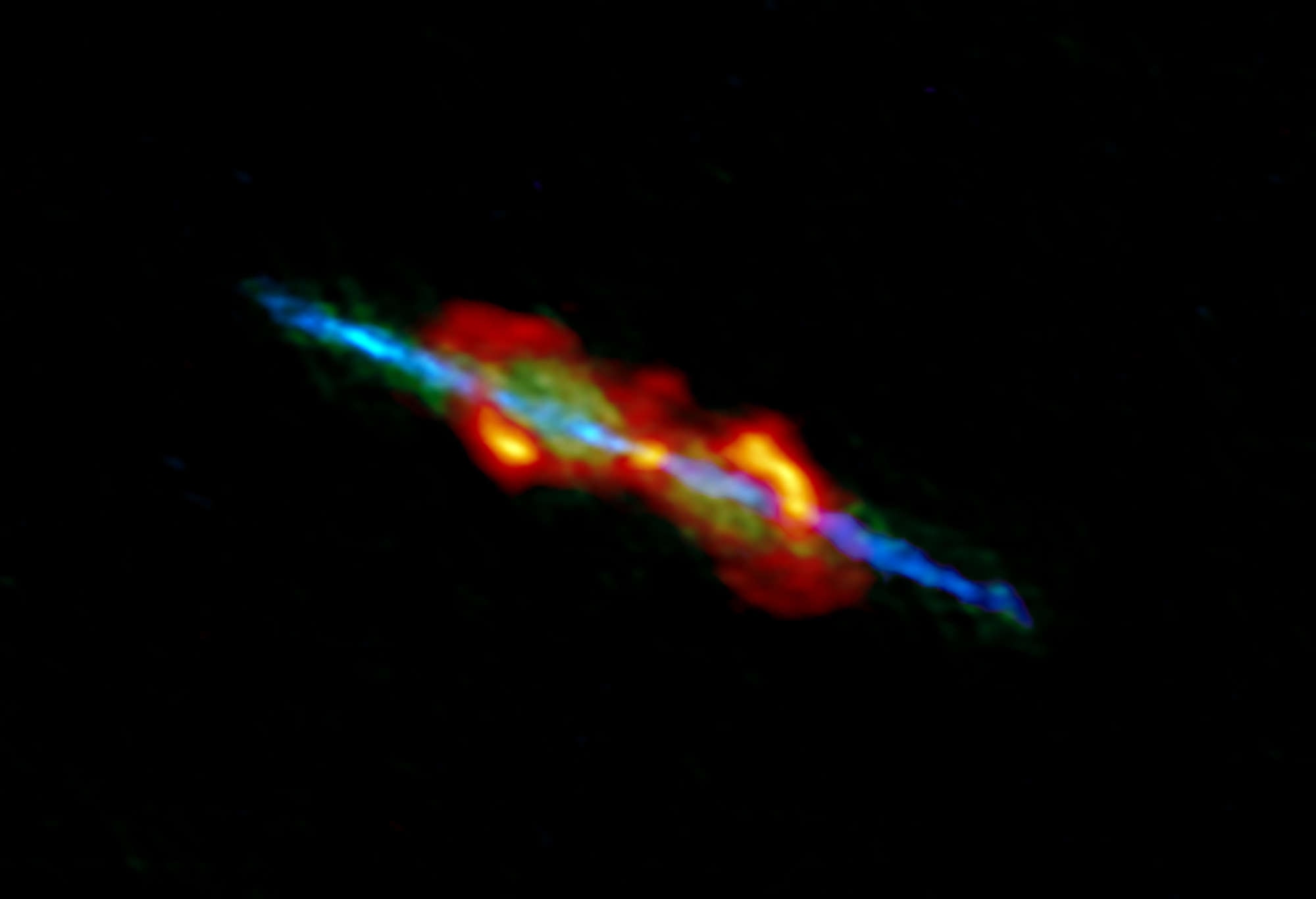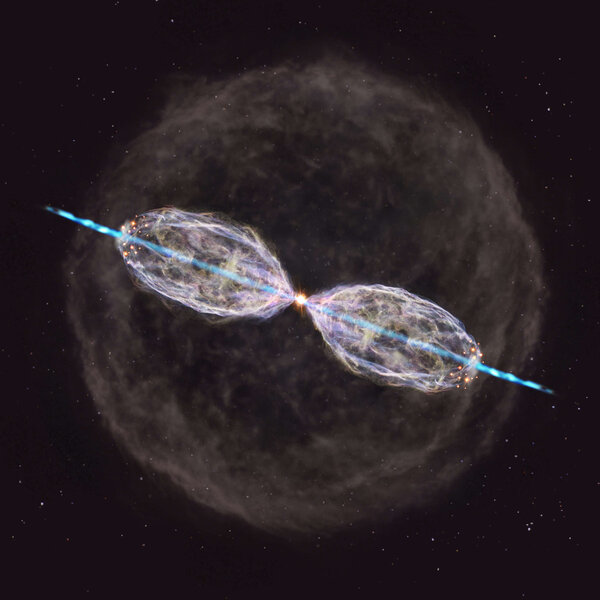Create a free profile to get unlimited access to exclusive videos, sweepstakes, and more!
Threading a cosmic needle: A fleeting glimpse of a dying star's final moments

As an astronomer, I'm used to events in deep space happening on time scales on millions if not billions of years.
But sometimes things happens much faster than that. Sometimes even on human timescales. That's the blink of an eye on a cosmic timescale, which makes the odds of catching an event like that really low. Unless, that is, there are lots of objects doing it, in which case you might, might have a shot.
There are a lot of stars.
When a star up to eight or nine times the Sun's mass dies, the core heats up considerably, and the outer layers swell and cool. The star becomes a red giant (though, I'll note wryly, I've left some details out). These stages can take hundreds of millions of years to complete.
The core is so hot that it blows the outer layers off the star entirely; what's left is a white dwarf exposed to space, and the ultraviolet light it emits makes the expanding gas around it glow. We call that a planetary nebula. That stage can last for, oh, ten thousand years or so. But there's a moment in time between the star dying and it becoming a proper planetary nebula, when things are just getting started. This phase doesn't last long, and it can be hard to find such objects in the sky from Earth.
What would such a thing look like?
Why, pretty much like this:
Wow. That is W43A, a dying star caught in the act of becoming a planetary nebula. That image is from ALMA, the Atacama Large Millimeter/submillimeter Array, which observes light in those wavelengths longer than infrared but shorter than radio. That makes it sensitive to gases like carbon monoxide in space, which, happily, is generated in lots of interesting objects. Like W43A.
When I saw this image, my first thought is that it looks like someone threading a needle. There's that long skinny line, and then the kinda sorta figure-8 wrapped around it. And it turns out I was pretty close.
The bright spot in the middle is where the dying star is located. It's probably more massive than the Sun, and it's dying, shedding its outer layers. For some reason (hang tight a sec, I'll get to it) it's blowing out two different structures. One of them is the bipolar (double-lobed) feature in red and yellow in the image, and the other is a jet, two extremely tightly focused beams of matter shooting off in opposite directions.
What may be happening here physically is that the dying star is actually in a binary system, with another star orbiting it. When the first star swelled up into a red giant it started dumping matter on the other star. This material swirls around the second star in a disk. Gas like this commonly has a magnetic field embedded in it, and when it swirls around that field gets wound up like a tornado and increases hugely in strength. That's what launches the jet.
At the same time there is material expanding away from the stars like a wind, and that may be guided by the disk, too, expanding away up and down but not focused like the jet. That's what forms the bipolar structure, like two bubbles inflating. The jet is plowing right through that structure, and that's why W43A has this overall appearance.
Here's the extremely cool thing, though. The jet is roughly 250 billion kilometers from the center to either tip. The gas in it is moving at about 175 kilometers per second. If you do the math, you find then that the jet is only about 65 years old.
Like, this star launched that jet in the mid-1950s. If you had looked at it during WWII it wouldn't have been there. Now it is.
Whoa.
Not only that but the bipolar structure is expanding as well, and the math works out pretty much the same: It's also about 65 years old!
That's mind-boggling. We're seeing the very beginnings of a planetary nebula here. There are so few examples of this you can count them on your fingers and toes, assuming you have the standard issue of them. There may only be 15 such objects known in the galaxy.
W43A is the only one seen in this much detail so far. Even that is amazing; it's 7,000 light years away, which is pretty far. ALMA has amazing resolution. The jet is 500 billion kilometers from end-to-end, and that's not all that much bigger than our solar system (we've seen icy objects about 20 billion km out). It took me a moment to realize just how small W43A is on the sky; the full Moon appears about 3,000 times bigger!
So these objects are small, far away, and may only last a few decades or centuries. We're lucky to see this at all. ALMA is essential for this, so I hope it gets pointed at some of the other objects like W43A. This is a brief but essential stage in a star's life — well, death — and crucial to understanding what happens between the shedding of the outer layers and the exposure of the star's core. Not to mention just how planetary nebulae get their overall shape, too.
And I hope they get observed soon! These objects change noticeably on a timescale of months.
A star like the Sun takes roughly 12 billion years before this happens. After a life like that, it's over in moments. We should take advantage of this while we can.
















